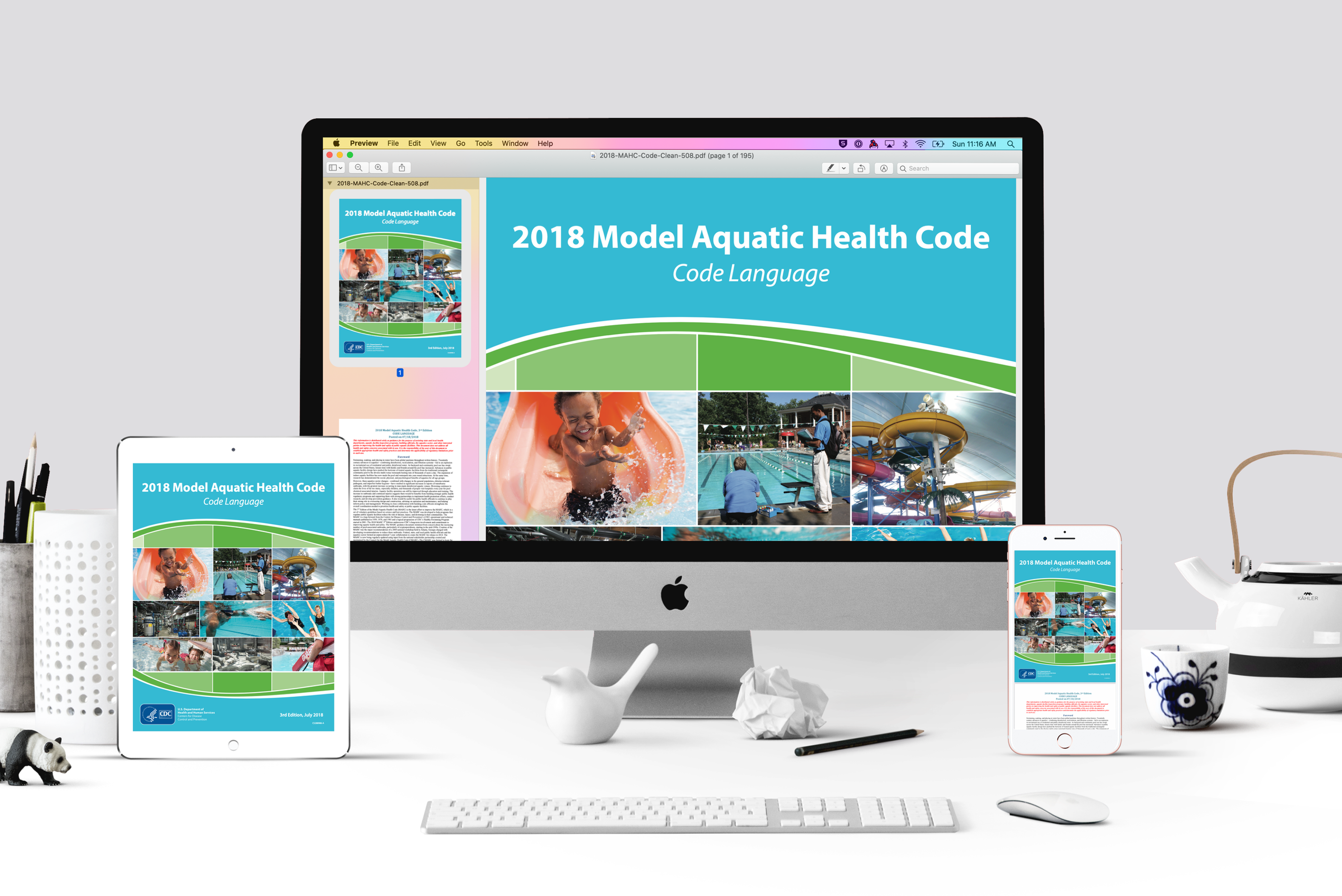Annex
Specialized populations may require specific water temperatures for safe and effective programming.
Some general guidelines are as follows:
* Cold water can affect both mental and bodily functions, possibly preventing clear thinking and restricting normal physical activity. It is uncomfortable and can be painful, and puts a strain on the body as you try to rewarm. By definition, water below 70°F (21°C) is considered cold, due to the fact that body heat is absorbed twenty-five times faster in water than air.
* Multi use AQUATIC VENUES are usually kept at 83°F – 86°F (28°C – 30°C), while competitive AQUATIC VENUES are usually maintained at cooler temperatures between 78°F – 82°F (25.5°C – 27.5°C). Depending on the target population, instructional and THERAPY POOL water temperatures usually range between 86°F – 94°F (30°C – 34°C).
The following table adapted from USA Swimming provides guidelines for water temperatures based on activity and population:
Table 5.7.4.7: Water Temperature Guidelines Based upon Activity and Population
Bather Type
Temperature Range
Notes
Swim Team & Lap Swim
78°-82°F
(25.5°-27.5°C)
Slightly warmer may be workable
Resistance Training
83°-86°F
(28°-30°C)
---
Therapy & Rehab
91°-95°F
(33°-35°C)
Can be as low as 87°F (30.5°C) for many types of therapy
Multiple Sclerosis
80°-84°F
(26.5°-29°C)
Warmer water can cause adverse effects
Pregnancy
78°-84°F
(25.5°-29°C)
Warmer water can cause adverse effects
Arthritis
84°-90°F
(29°-31°C)
Arthritis Foundation min/max
Arthritis
86°-90°F
(28°-32°C)
ATRI low function program
Fibromyalgia
86°-96°F
(30°-35.5°C)
ATRI
Aerobic Activity
84°-88°F
(29°-31°C)
---
Older Adults – Vertical
83°-86°F
(28°-30°C)
Moderate to high intensity
Older Adults – Vertical
86°-88°F
(30°-31°C)
Low intensity
Children, Fitness
83°-86°F
(28°-30°C)
---
Children’s Swim Lessons
82°F
(27.5°C)
Varies with age and class length
Obese
80°-86°F
(26.5°-30°C)
---
There are no definitive temperatures that are applicable for all uses of an AQUATIC VENUE. The suggested AQUATIC VENUE water temperature is dependent on the person’s activity in the POOL. For example, individuals participating in competitive swimming prefer cooler water (70°-80°F or 21°-27°C) than individuals participating in water fitness for arthritis (83°F or 28°C, minimum) (http://www.uswfa.com/suggested_pool_temps.asp). Water ranging in temperature from 79°-86°F (26°-30°C) is comfortable for most swimmers throughout prolonged periods of moderate physical exertion.
However, there are maximum temperatures that can and do have an effect on the health of the PATRON using the facility. Water temperature between 83°-86°F (28°-30°C) is the most comfortable temperature for typical recreational water usage. Water temperature may need to be adjusted based upon specific uses of the facility.
The WHO recommends that water temperatures in hot tubs be kept below 104°F (40°C). High temperatures (above 104°F or 40°C) in SPAS or hot tubs can cause drowsiness, which may lead to unconsciousness and, consequently, drowning. The Consumer Product Safety Commission has received reports of several deaths from extremely HOT WATER (approximately 109°F or 43°C) in hot tubs. In addition, high temperatures can lead to heat stroke and death. Further examination of data on the health impact of high temperature water on pregnancy, particularly in the first trimester, is needed.
Minimum temperature requirements are not included in this CODE. Water that is too cold, simply will not be utilized for any extended period of time, and will not be used by individuals seeking a recreational water experience.
Even though minimum temperatures are not included in the CODE, it is important to remember that cold-water basins, such as plunge pools, can present health concerns due to water temperature extremes.
These small, deep POOLS generally contain water at a temperature of 46-50°F (7°-10°C) and are used in conjunction with saunas or steam baths. Adverse health outcomes that may result from the intense and sudden changes in temperature associated with the use of these POOLS include immediate impaired coordination, loss of control of breathing and, after some time when the core body temperature has fallen, slowed heartbeat, hypothermia, muscle cramps, and loss of consciousness. In general, exposure to temperature extremes should be avoided by pregnant women, users with medical problems, and young children.
Spa Temperature Maximum
SPA temperature maximum was based on the preponderance of state CODES that currently use this temperature and it is widely accepted and practiced in the industry. See discussion below in MAHC Annex 5.7.4.7.2 that recommends further evaluation.
Comfortable
Water varying from 83°-86°F (28°-30° C) is the most comfortable temperature for typical water fitness classes. This allows the body to react and respond normally to the onset of exercise and the accompanying increase in body temperature. Cooling benefits are still felt and there is little risk of overheating. Program modifications will be required for water temperature outside the recommended range. Aquatic Fitness Professionals should know the water temperature and modify the program accordingly based upon the population and the program format.
Below Recommendation
Water temperature below the recommended range requires modifications in programming. The primary focus of the warm up should be large, lower impact, rhythmic movements that gradually elevate core temperature of the body and should last for at least 9-15 minutes. The main segment must be of adequate intensity to maintain proper body temperature and prevent injury. Participants may find it necessary to wear specialized clothing to maintain body heat. The cool down and post-stretch must be adjusted, in overall length as well as activity, according to the environmental conditions. Water temperature above the recommended range also requires modifications in programming. The intensity and length of the main segment should be adjusted to prevent overheating. Encourage proper hydration and apparel (e.g. avoid swimming caps that prevent heat dissipation). An extended cool down with emphasis on stretching and relaxation is appropriate.
